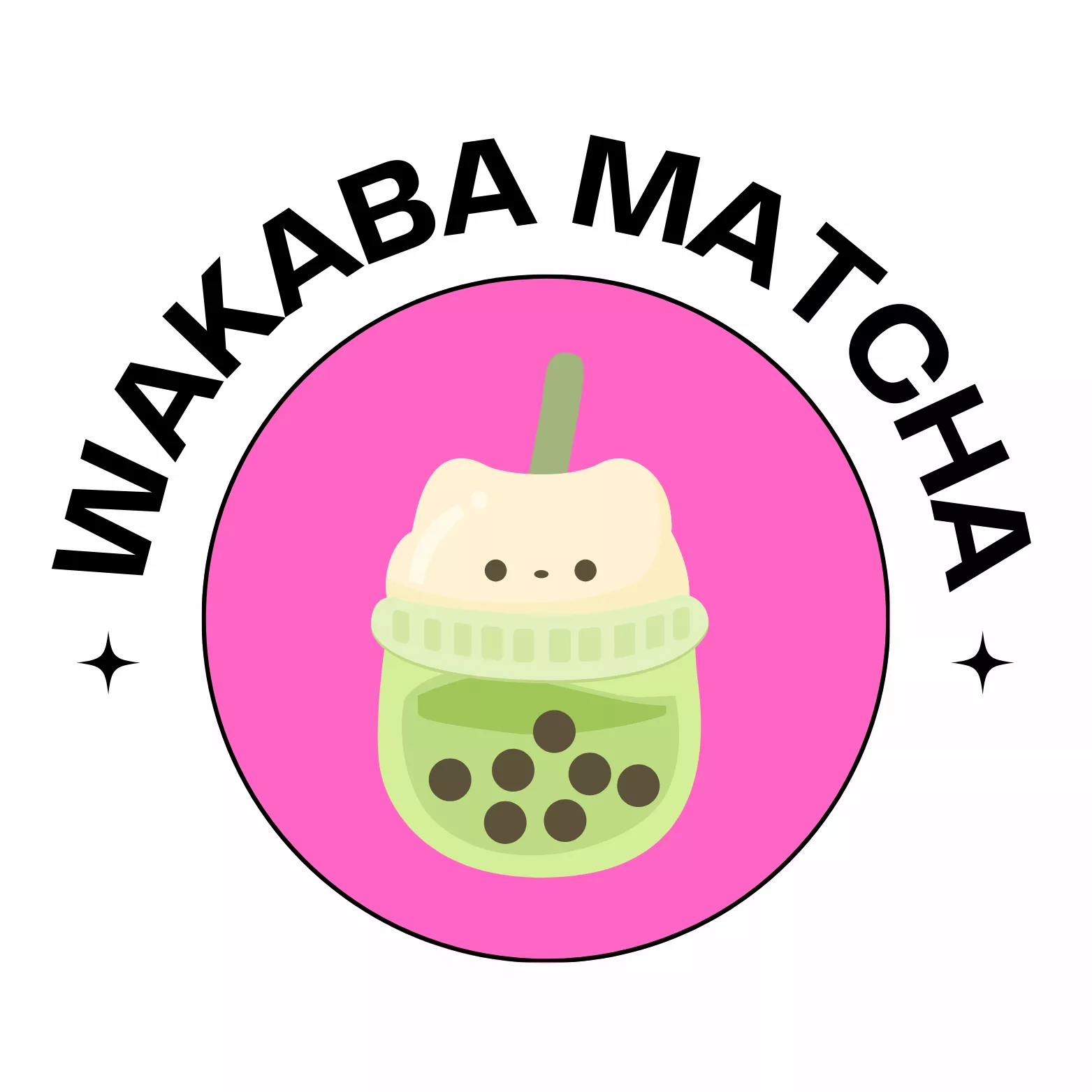
South Korea is a relatively new entrant in matcha green tea production. South Korean matcha production has some differences from Japanese matcha, which we discuss in this blog. Although Japan is the country that comes to mind when we think of matcha, tea ceremonies and associated sophistication, South Korea is also home to some of the finest matcha, and green tea in general.
History of matcha in South Korea?
Tea was first planted in Korea in the 9th century when seeds were brought back from the Tang dynasty of China. The first tea cultivation was done by Buddhist monks. However, Korean green tea has had chequered and difficult history, rising with Buddhist influence and waning with Confucian from China. Between 14th and 20th century, as Confucianism influence from China replaced Buddhism, interest in green tea also reduced to insignificant levels. For most of the first half of the 20th century, the tea industry dealt with destructions during Japanese war, World War II, and the Korean war. In the early 20th century Japanese started mass plantations of tea in South Korea but it was only in the 1960-70s that it was taken to industrial scale by South Korean government. Tea ceremonies, known as Darye, evolved again in South Korea. Now there are numerous varieties of green tea in South Korea.
In South Korea, matcha is called malcha, which literally means ‘powdered tea’. There are some differences between Japanese matcha and Korean malcha, although both if bought from genuine sources, are pristine, earthy and nutritious.
Where is matcha produced in South Korea?
South Korean tea is really defined by the regions it comes from and the time of the year the tea is harvested. The four main tea plantation regions in South Korea are Mt Jiri, Boseong, Jeonnam and Jeju Island. All these are the southern parts of the country with Jeonnam and Jeju Island particularly producing matcha in large quantities. The sub-tropical climate combined with volcanic soil and natural mist and shades of the mountains, make these regions ideal for tea plantations. Jeju Island has particularly emerged as one of the largest exporting regions of South Korean tea, including matcha green tea.
How is matcha graded in South Korea?

The grades of matcha from South Korea are similar to Japan i.e. ceremonial and culinary are two main grades and in between these two there are several variations depending on the harvesting season and maturity of green tea leaves used to make matcha. Green tea in South Korea is classified into four main categories:
Woojeon – Tea leaves from the very first flush, plucked before rain in mid-April.
Sejak – Tea leaves from the second flush, usually a fortnight after the mid-April rain.
Both Woojeon and Sejak tea leaves are slightly open, like the beak of a sparrow, and are tender and soft. These leaves are usually hand plucked. The resulting green tea and matcha powder from these harvests are smooth and premium ceremonial grade, for drinking as green tea.
Joongjak – These are more mature leaves from the third flush at the end of May.
Daejak – These are larger leaves harvested throughout the summer months.
Joogjak and Daejak tea leaves are more open and mature. These are generally machine harvested, may contain stems and veins, and have a more prominent grassy or earthy flavour, suitable for making culinary matcha.
How does South Korean matcha differ from Japanese matcha?
The process of producing matcha in South Korea is the same as in Japan. Camellia senensis tea plants are shade grown, harvested (by hand or machine depending on the grade of matcha and scale of production), steamed, dried and then ground into fine powder to make matcha. The rich volcanic soil of the Jeju Island in South Korea, combined with sub-tropical climate with mist and dense fog, make the conditions ideal for high quality plantations and natural growth. The main difference in Korean matcha is that the plantations get natural shade from the slopes of mountains, mist and fog. In Japan the tea plantations are intentionally and artificially covered to give shade for at least 20 days prior to the harvest, which gives the leaves dark green chlorophyll content and high amount of l-theanine, which is a naturally occurring amino acid. In South Korea, the plantations are naturally shaded by landscape and climatic conditions and hence the resulting matcha has a more natural, paler green color and slightly more natural and grassy taste. Korean matcha reflects taste true to the pristine environment it comes from.Our matcha blends – Organic Sweet Matcha and Matcha Chai Latte mix, use authentic premium ceremonial grade matcha from Jeju Island. However, our pure matcha products, use premium Japanese matcha.







